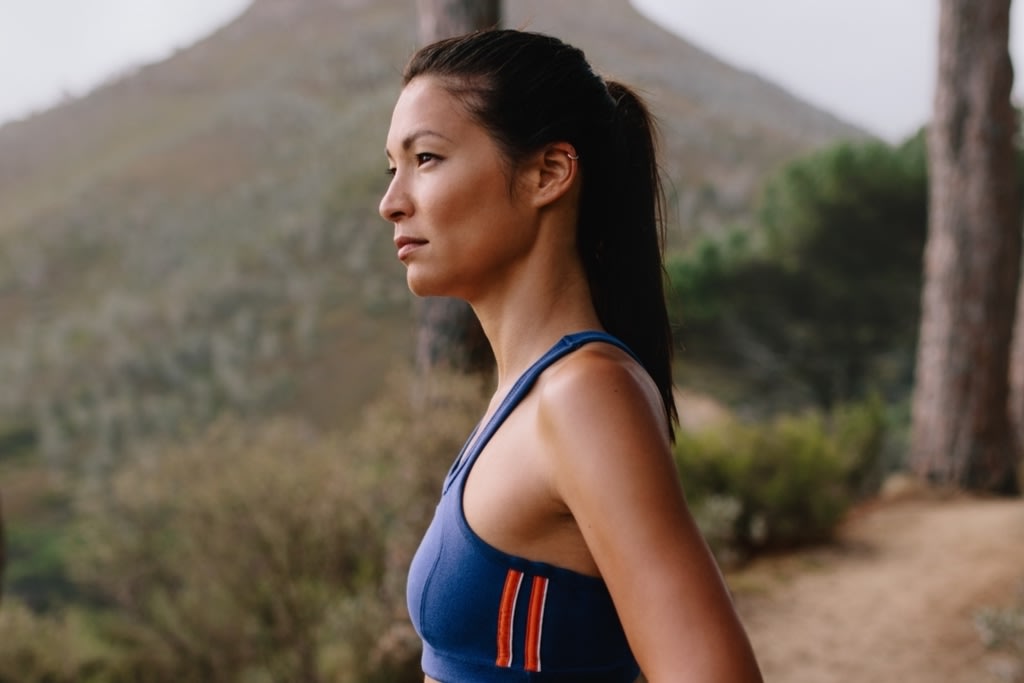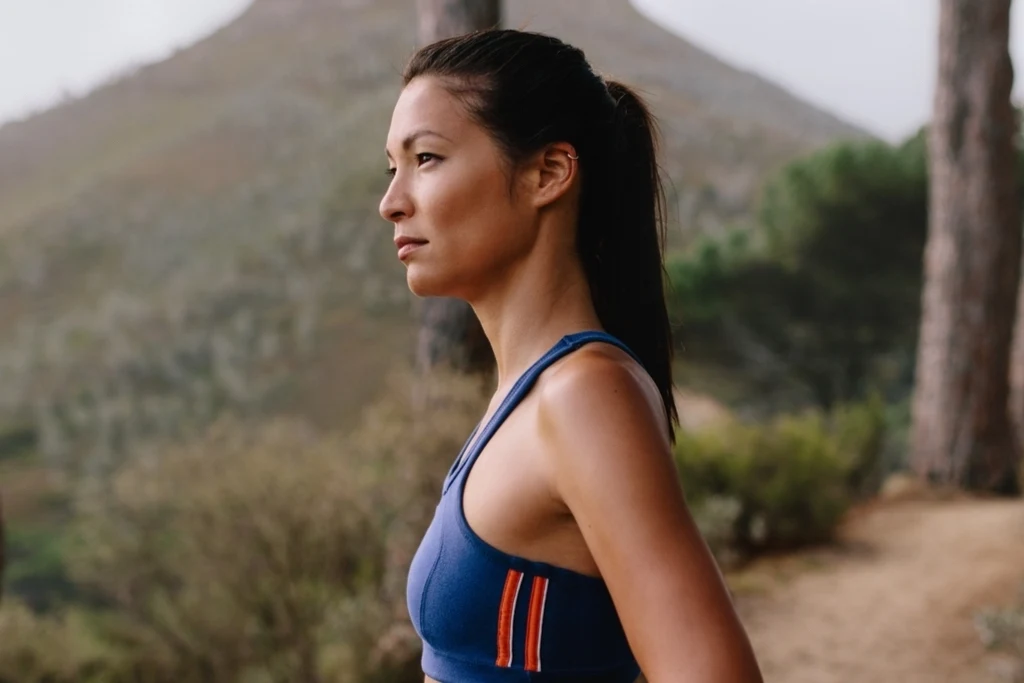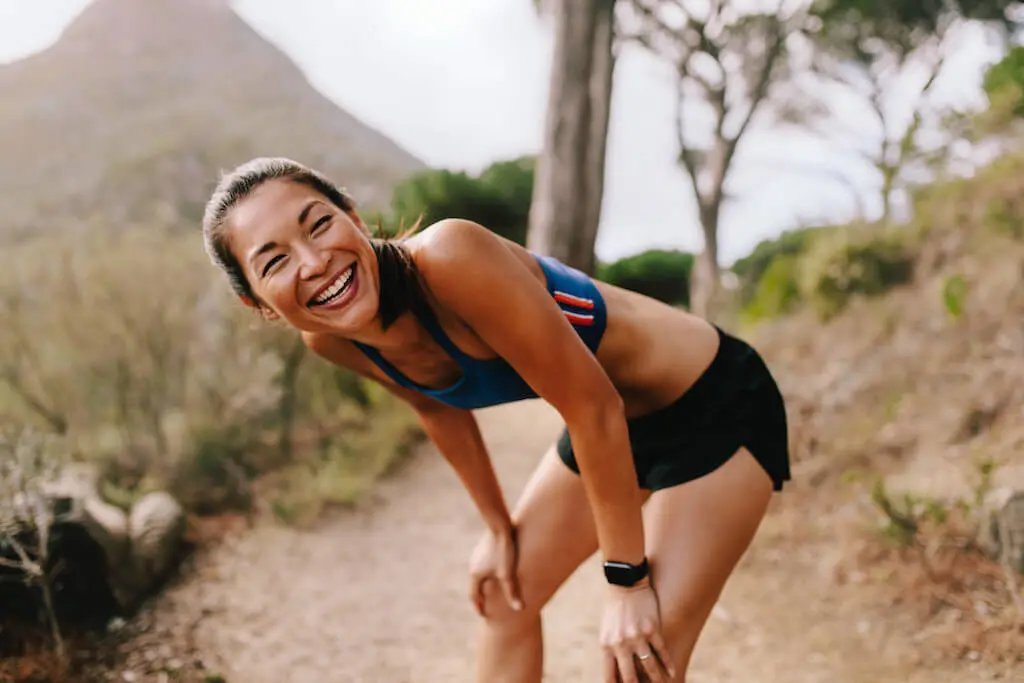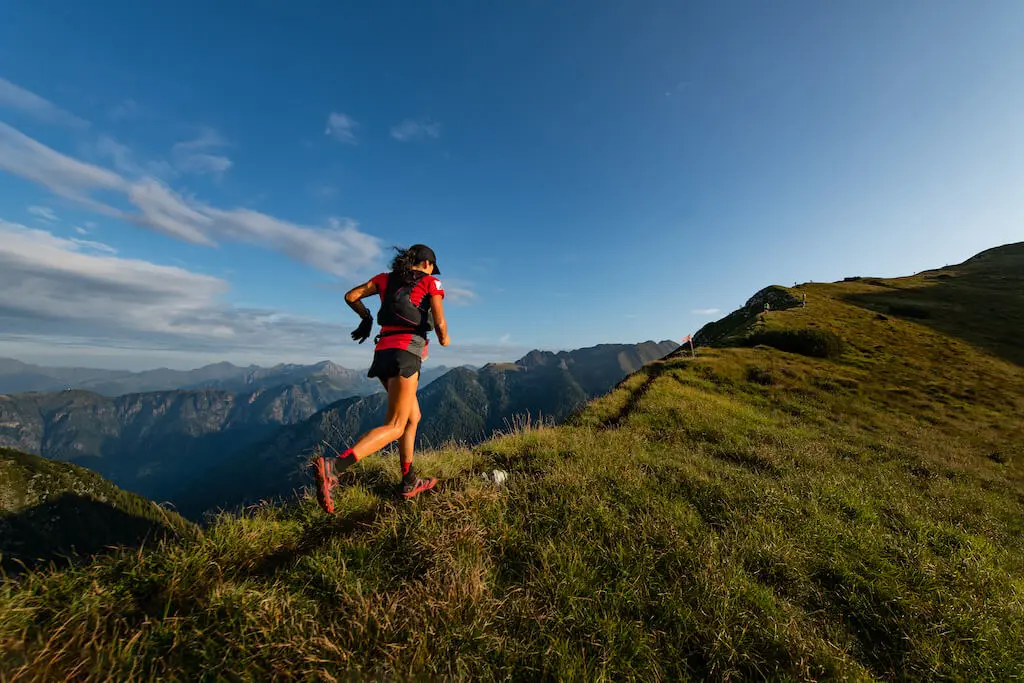How To Start Trail Running

December 11, 2020

Trail running is a great way to exercise outdoors, and you don't need any previous experience to get started.
It can improve your fitness and help you to experience all of the benefits of exercise — plus, all you need to get started is a suitable pair of shoes!

What is trail running?
Trail running is any type of off-road running. It could be running on scenic trails, forest trails, coastal trails, through a national park or rural area.
Trails may be flat, but trail running can often mean you’ll be climbing hills, crossing creeks, navigating rocks, mud and other rugged terrains.
Depending on where you live and work, you may not be able to go trail running during the week, so it might be an activity that you plan for the weekend when you have time to travel to a trail running location.
Perhaps the best thing about trail running is that it is for everyone. If you are new to fitness, you can begin by walking and adding in short segments of running when you feel comfortable. It's is a great way to get close to nature, which can have benefits for your mental and physical health too.
Physical benefits of trail running
If you’re considering trying trail running, here are just a few of the reasons you should! Whether you are a running beginner or you’ve been running regularly on the road or treadmill, taking some of your runs into nature can help you to build physical and mental resilience.
Trail running builds dynamic strength
Running on uneven terrain recruits more muscles than running on a flat even surface. Not only are the large muscle groups like glutes, quads and hamstrings used, the smaller, stabilising muscles are also activated. Trail running on an uneven surface can help strengthen the core, feet, ankles, hips and more.
Running helps to improve cardiovascular fitness
Trail running is an excellent form of cardio. Although you may move a little slower than when running on the road or track, the benefit to your aerobic fitness is similar to other forms of running. Trail runs may be longer than your usual run, and if that's the case, you’ll boost your endurance over time.

Trail running can increase overall resilience
Using trail running as part of your overall running training can help to strengthen areas of the body prone to injury during road running. When running through terrain, your body moves in different ways, strengthening your tendons and muscles.
Running through varying terrain also helps to improve proprioception, or your awareness of your body's movement and position in relation to the space around you. This can improve your balance and overall sense of confidence.
Mental benefits of trail running
Trail running is a great way to de-stress and improve your mood, not only because you’re being active, but also because you’re out in nature.
According to 2014 research by Edge Hill University in the UK and published in Ecopsychology, physical activity done in nature can lower stress and anxiety, while boosting mental wellbeing. The authors found that a 90-minute walk in nature was associated with significantly lower depression, stress, and enhanced positive thinking and mental well-being, compared to walking for 90 minutes in an urban environment.
If you do live in an urban environment, getting a nature fix during your weekends can help to boost your overall health and wellbeing.
How to start trail running
Trail running takes you out into the wilderness, so it pays to plan ahead.
Start out with easier, flatter routes, and as you gain confidence, you can increase the steepness and technicality of the trails. Remember to relax, and don’t be tempted to go too fast or overstride — taking shorter steps can help you to keep your balance and avoid a fall.
It’s not a race — build up slowly and run for longer
Due to the uneven terrain, your running pace on the trails will typically be slower than on the road. This means that it’s important to run by effort, or “rate of perceived exertion”. If you wear a GPS watch or fitness tracker, try not to check the pace regularly or compare it to your usual running speed. Instead, focus on enjoying the nature around you and on running smoothly.
When you reach a steep hill, or if you feel fatigued, it’s okay to walk! In fact, when you are climbing a steep hill or feeling tired, walking may actually be faster than running, and it takes less effort as well.
Always listen to your body during your runs and slow down if you feel you need to. This will make the experience more enjoyable overall, and it gives you time to see the flora and fauna around you as well.

Strength training is still important for trail runners
Being strong will make you a better, more resilient runner. Setting aside time for two strength workouts each week can help you to run faster, and prevent injury. Core strength and upper body strength are both important for trail runners, keeping you balanced as you use your arms to drive you forwards during an effort.
If you're looking for an example of the type of workout that can power up your next run, try this upper body workout. Leg exercises that build strength are also important, but be careful not to overtrain or do a big workout right before your trail run. If you do a heavy weights workout, do an easy run or a walk the next day to allow your muscles time to adapt and recover.
Be prepared with some essential gear
The first thing you’ll need to start trail running is a comfortable pair of running shoes. When you first start running trails, your regular running shoes should be suitable. As you progress, you might invest in a dedicated pair of trail running shoes. These specialist shoes have better grip and often have a tougher exterior to protect your feet in all kinds of terrain and weather conditions.
If you’ll be running for more than an hour, or if the weather is warm, you’ll need to carry water. In winter, you might want to take a light rain jacket for warmth. As you start to explore more remote trails, a small running backpack with a first aid kit, a torch, a map and some food can ensure you have everything you need for a successful adventure.
Always tell someone where you are going and when you plan to return. And most of all, enjoy yourself!
Practise running good form
Trail running is a little different from running on the road and can take a bit of practise to get used to. A good trail runner will use their hands and arms to help them balance — this is where that upper body strength becomes important! Find a rhythm with your breath, relax and enjoy the freedom of being out in nature.
When running uphill, lean in and power up your arms. When you run downhill, try to be as relaxed as possible and let your body move freely. When you’re running in the trails, it can be tempting to look down at your feet to avoid tripping up, but it can be better to look at a point a short distance ahead of where you are. This gives your mind time to plan your foot placement so that you avoid falling or tripping and keeps you more aware of your surroundings.
Which trails will you explore first?
Trail running is an activity you can fit into your weekly or monthly routine as you form healthy habits. The best thing about it is that you’ll always be seeing new scenery, so you’ll never get bored — there’s so much to explore.
If you aren’t quite ready to run, you could plan some hiking in your local parks and work up to trail running. Enjoying your local green spaces is a great way to mix up your fitness journey, and you can explore them at any time — you could even start today!

A more empowered you starts with Sweat, and our editorial team is here to bring you the latest fitness tips, trainer recommendations, wellbeing news, nutritional advice, nourishing recipes and free workouts.
* Disclaimer: This blog post is not intended to replace the advice of a medical professional. The above information should not be used to diagnose, treat, or prevent any disease or medical condition. Please consult your doctor before making any changes to your diet, sleep methods, daily activity, or fitness routine. Sweat assumes no responsibility for any personal injury or damage sustained by any recommendations, opinions, or advice given in this article.
Fitness